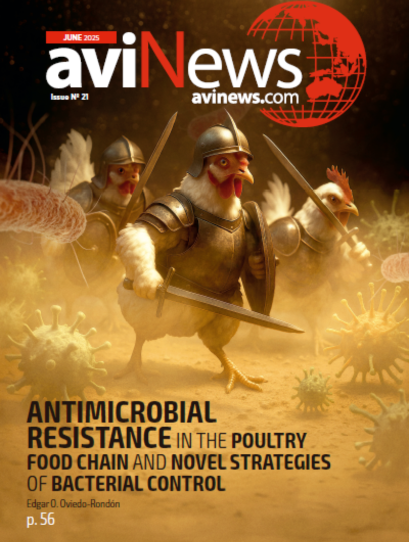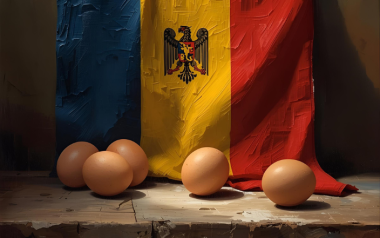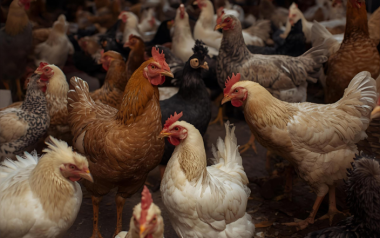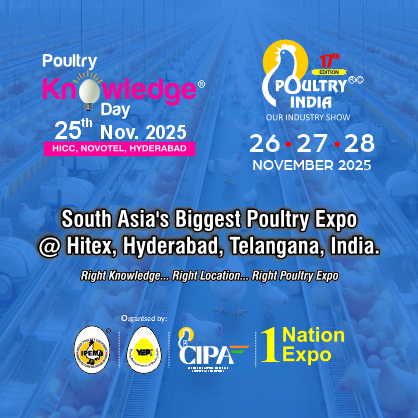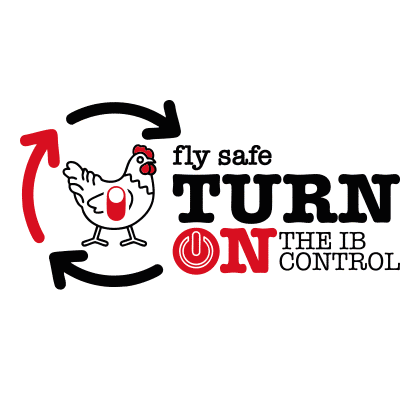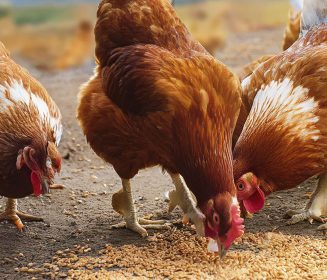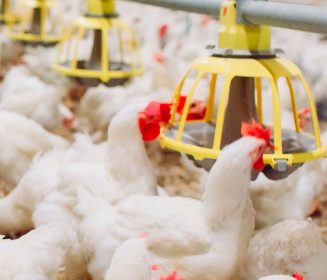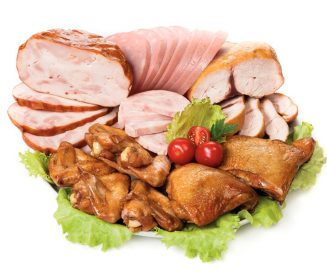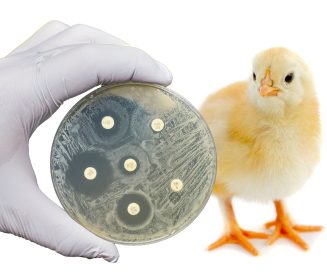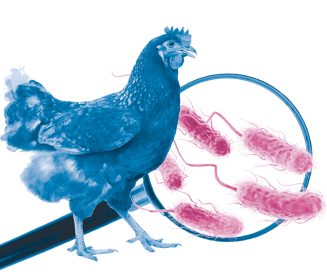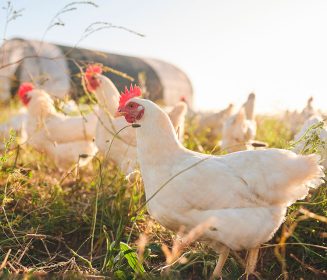Sources: Available upon request
03 Jul 2025
Egg prices in the Baltic stay under pressure
Egg prices across the Baltic region continue to face significant pressure due to a combination of supply disruptions and market uncertainty.
Egg prices in the Baltic stay under pressure
Egg prices across the Baltic region continue to face significant pressure due to a combination of supply disruptions and market uncertainty. The aftermath of recent avian influenza outbreaks in Lithuania and neighboring Poland has left a lasting impact on the regional egg market, with fears of shortages driving up wholesale prices.
In Lithuania, retail egg prices have seen a moderate increase in recent weeks. However, wholesale prices have surged by double digits, indicating that producers are absorbing much of the cost burden for now. According to Aleksandrs Izgorodins, an analyst at Citadele Bank, this situation is unsustainable. “If wholesale prices continue rising for an extended period, a further hike in retail egg prices will become inevitable,” he warned.
The outbreaks have been particularly severe. Lithuania lost over 246,000 hens at a single poultry farm in Šilutė District, while Poland has seen the culling of nearly 7 million birds—twice the number of laying hens in Lithuania. Despite these losses, Lithuania’s poultry industry still has the capacity to produce between 800 and 880 million eggs in 2025, which is sufficient to meet domestic demand. Many of these eggs are also exported to neighboring countries, including Latvia, and even to markets as far as the U.S. and Japan.
In Latvia and Estonia, egg prices have recently stabilized after several weeks of steady growth. However, the market remains fragile. In Estonia, the Rural Affairs Committee of the Riigikogu has resumed discussions on a bill to ban caged hen farming by 2035. While lawmakers encourage a voluntary shift to free-range systems, farmers are requesting state aid to support the transition and avoid further price hikes.
Urmas Kruuse, chairman of the rural life committee, emphasized that Estonia’s poultry sector is small—accounting for just 0.2% of the EU’s total laying hens. He expressed hope that EU funds could be used to support the transition if a broader European decision is made.
As the region grapples with both immediate supply challenges and long-term structural changes, the pressure on egg prices is unlikely to ease soon. Consumers may need to brace for further increases, especially if wholesale costs continue to climb and producers are forced to pass them on.

